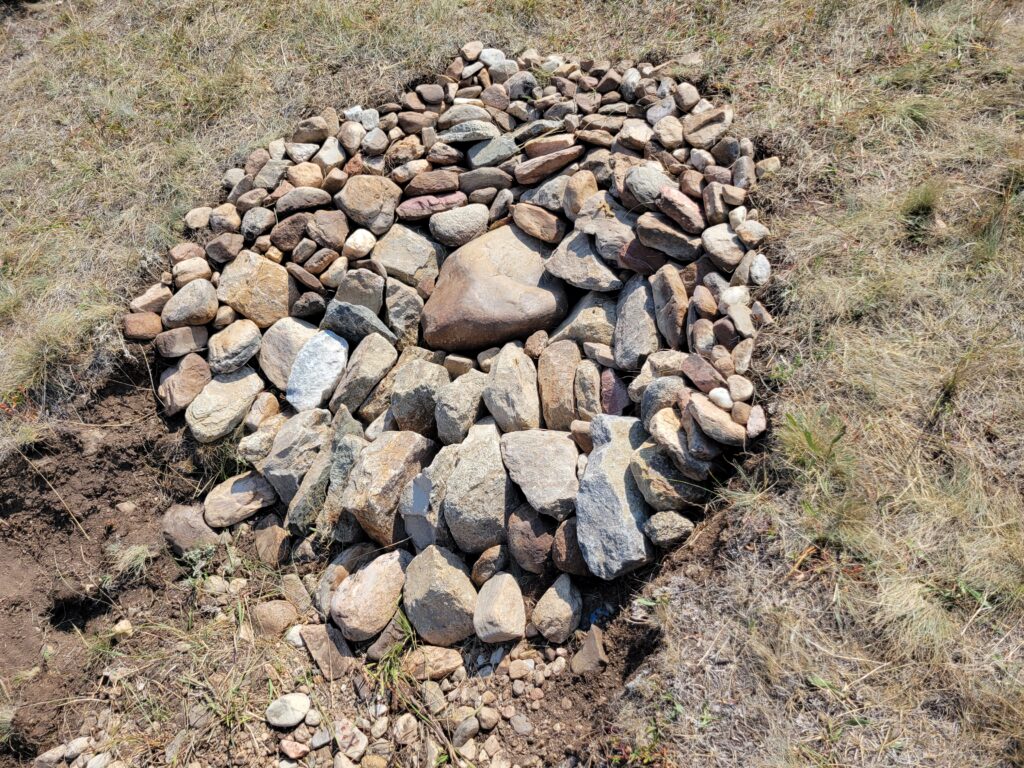Projects
Lower French Creek Mesic Restoration Volunteer Day
A Big Hole Conservation Fund Project
Impairment: Loss of wetlands and riparian habitat; accelerated rates of erosion
Proposal: Volunteer project will stabilize active head-cutting with rock; We will create low-tech water-spreading techniques with rock to reconnect floodplains with water.
Benefits: Improved wetland habitat and soils, increased natural water storage, and improved mesic habitat.
Estimated Cost: $2,000
Big Hole Conservation Fund Goal: $2,000
This project was completed August 2021. Two donors contributed $120 through the Big Hole Conservation Fund to support this important project. We use the funds to provide lunch and beverages for our volunteers! Thank you to the 22 volunteers who helped us build 37 low-tech rock structures to restore this mesic meadow!
Project Description
Our volunteer restoration event on Friday, August 13th, 2021, was a “rocking” success! Twenty-two people showed up to help repair this degraded wetland meadow in the French Creek drainage. Next year, the area will provide critical habitat for a variety of wildlife species and will help hold water on the landscape.
We were joined by local landowners, a cute toddler, several dogs, and representatives from MFWP, TNC, MCC, DNRC, NRCS, IWVJ, Audubon Society, and Anaconda Sportsman’s Club. Rocks were donated by Anaconda Sportsman’s and Skyline Sportsmen’s Association.
A HUGE thank you to everyone who came out to help!
This event was part of our initiative to restore the Lower French Creek watershed, funded by the Bureau of Reclamation. To learn more about the restoration of French Creek, click here: https://bhwc.org/project/lower-french-creek/.
Why do this work?
Riparian areas and wet meadows occupy a small fraction of rangeland ecosystems, yet these mesic areas provide critical resources for many species and are especially crucial during periods of drought. Functioning meadows and floodplains capture and hold water in the soil, slowly releasing it after runoff events, sustaining continued base flows, and maintaining higher water tables throughout the growing season. Holding water in the soil later into the summer results in plant communities that are more productive than the surrounding landscape, making them attractive for wildlife and livestock. However, the hydrological and ecological function of many riparian and meadow areas have been degraded by gully erosion, channel incision, and lowered water tables. Causes are varied but often include current and past land uses, such as, improper grazing, soil compaction by livestock and wildlife trailing, roads, historic flooding events, and invasive plant species. Given the scale of the problem, restoration techniques that are relatively simple, cost-efficient, and effective are needed in the toolbox to allow more conservationists and landowners to engage in implementation (NRCS Range Tech Note 40, 2018).
Project Results
22 volunteers
37 structures built
People and Organizations Involved
Montana Fish, Wildlife, and Parks
Skyline Sportsmen’s Association
Project Documents
Project Photos
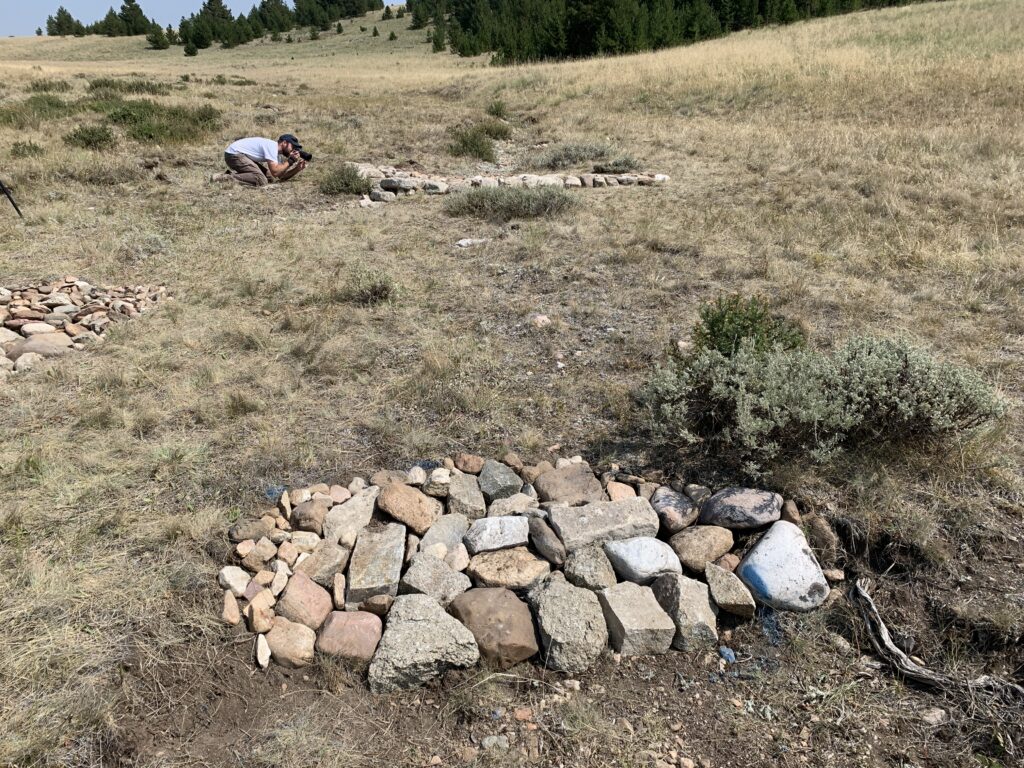
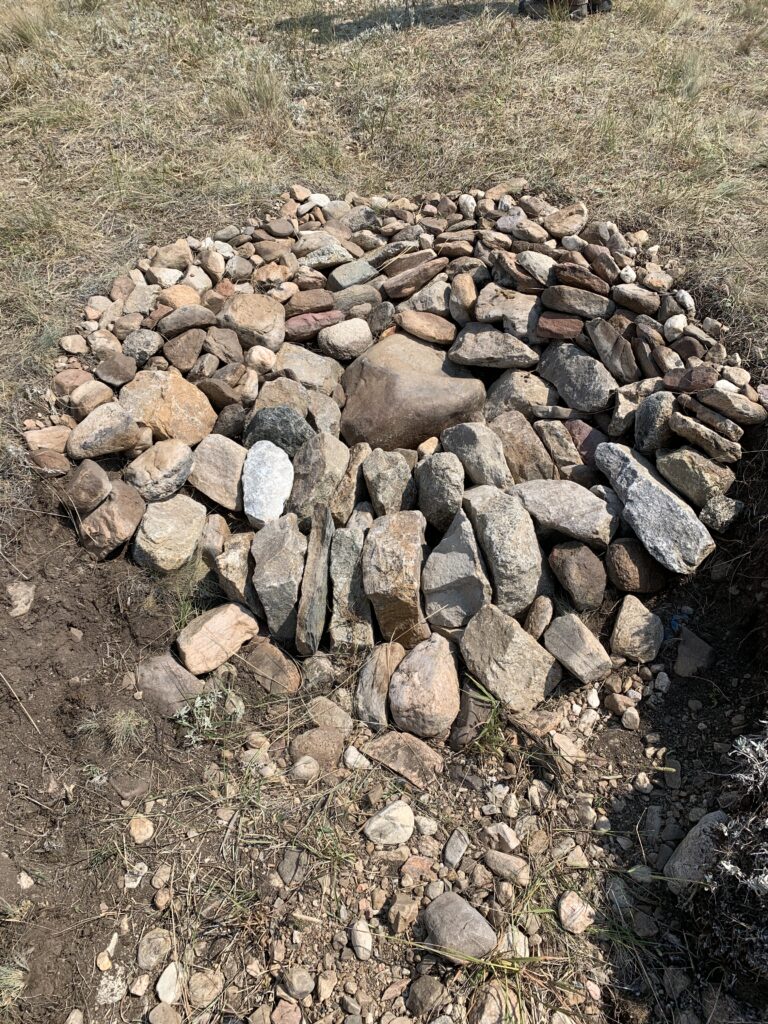
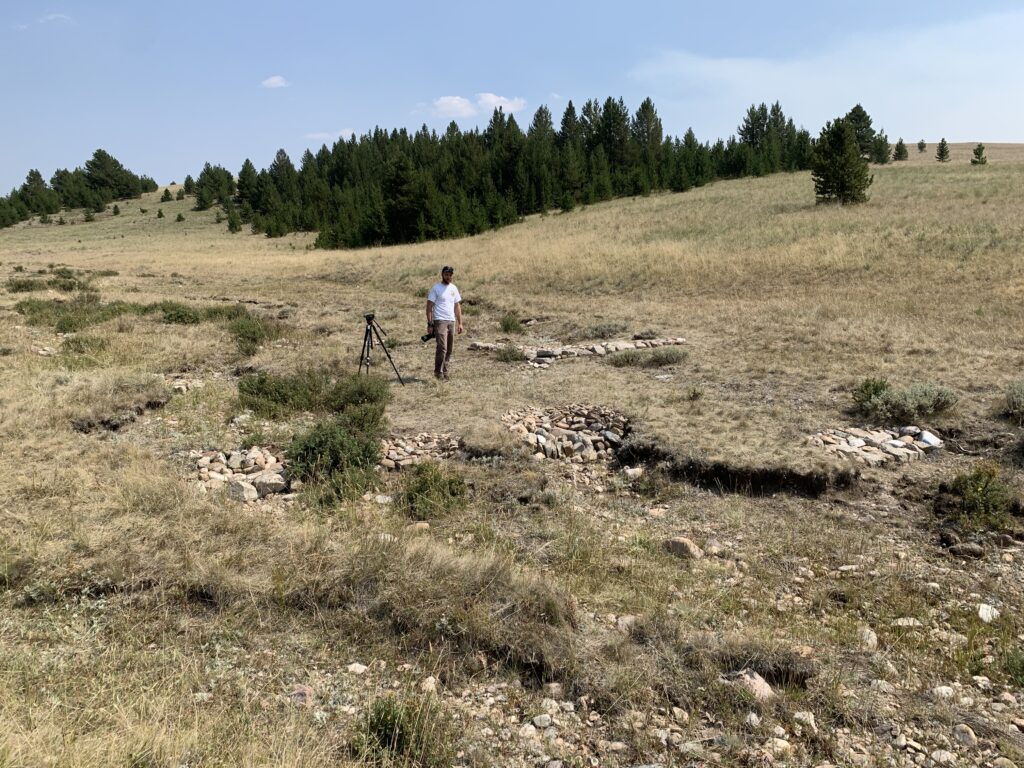
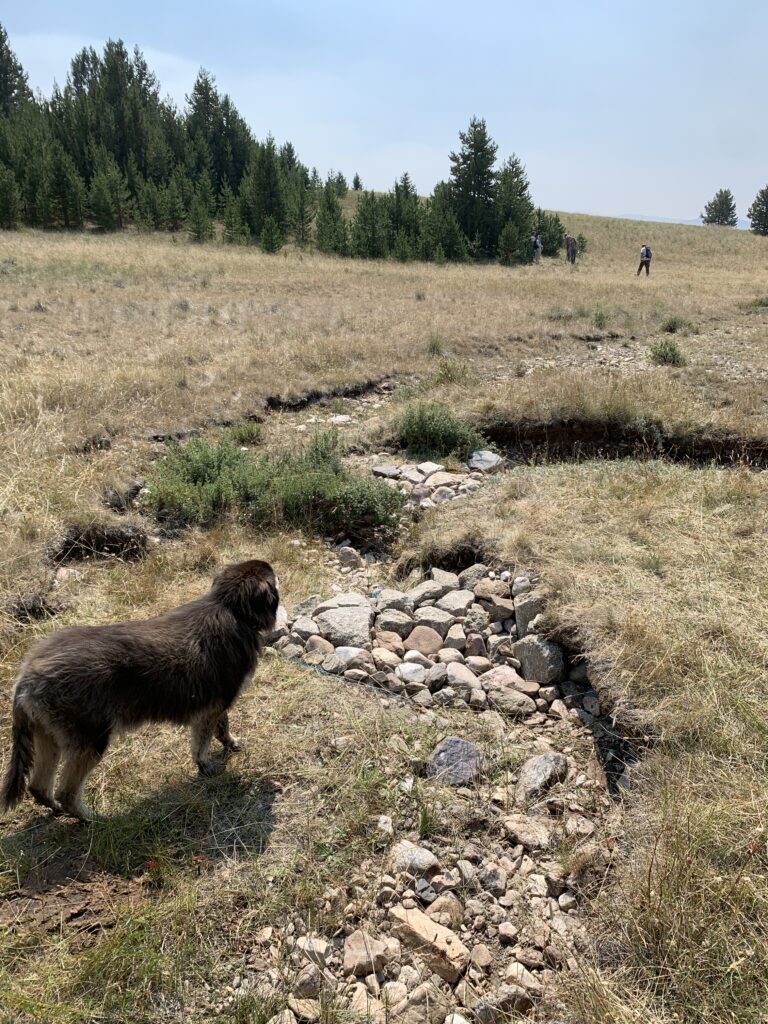
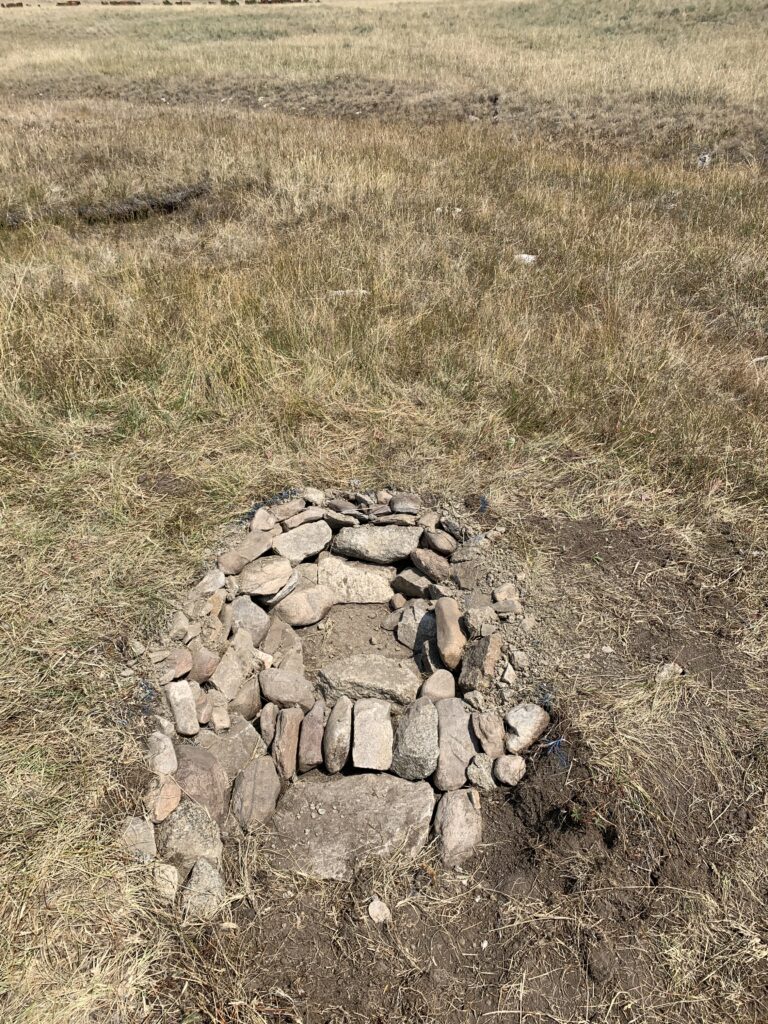
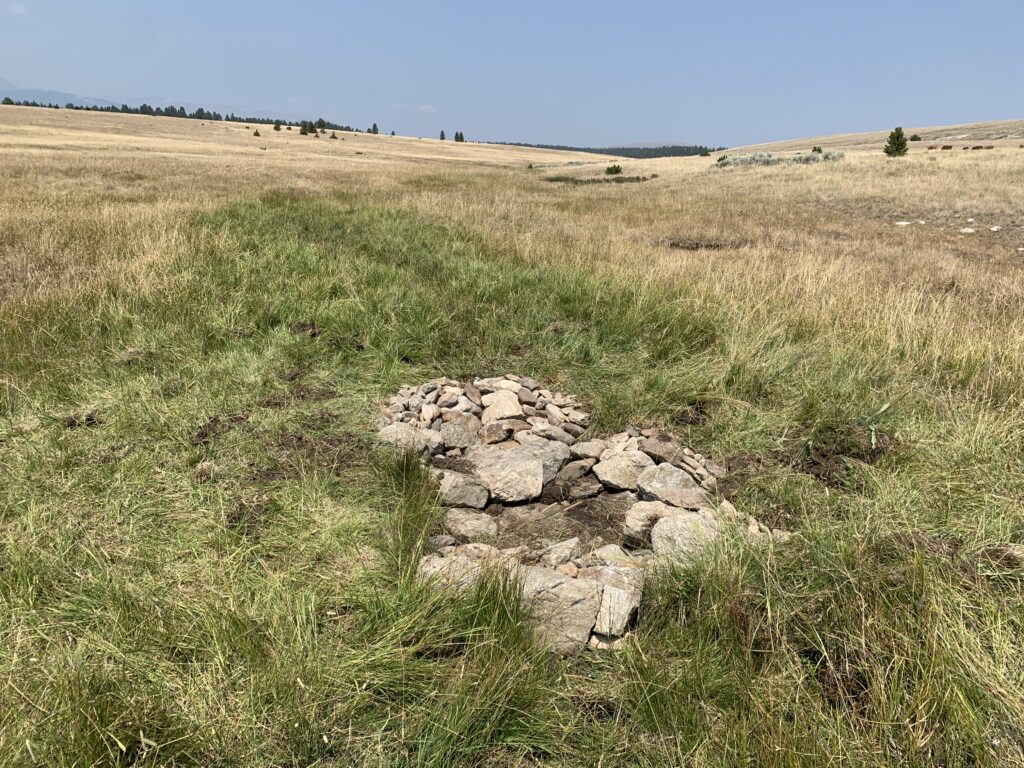
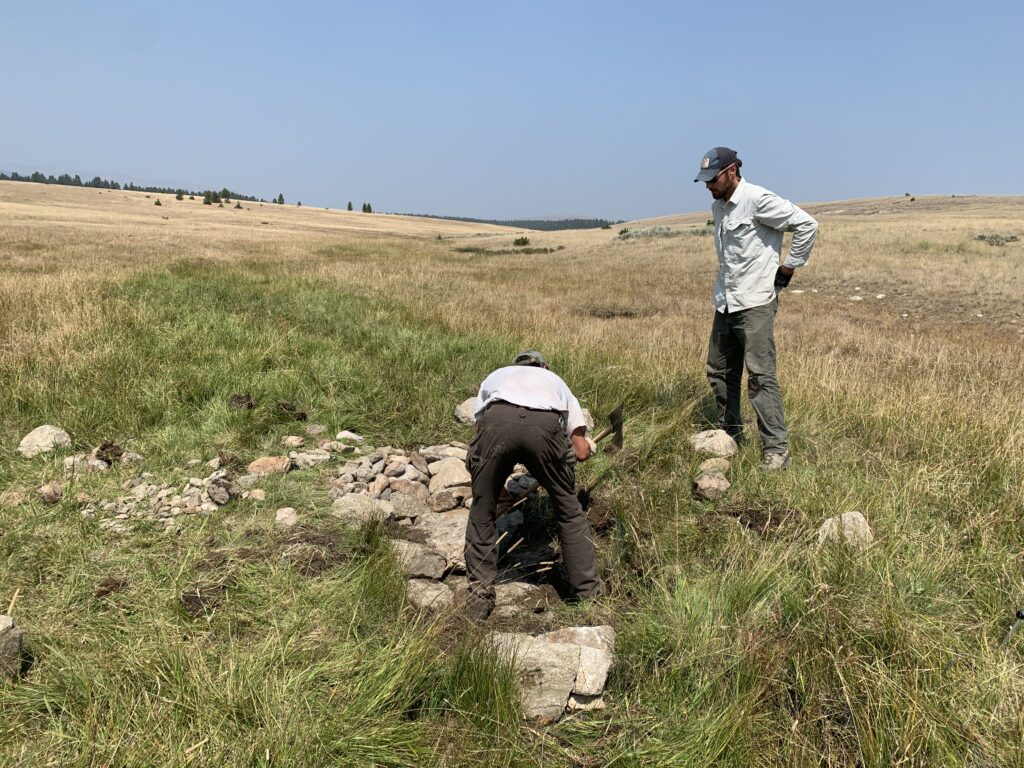
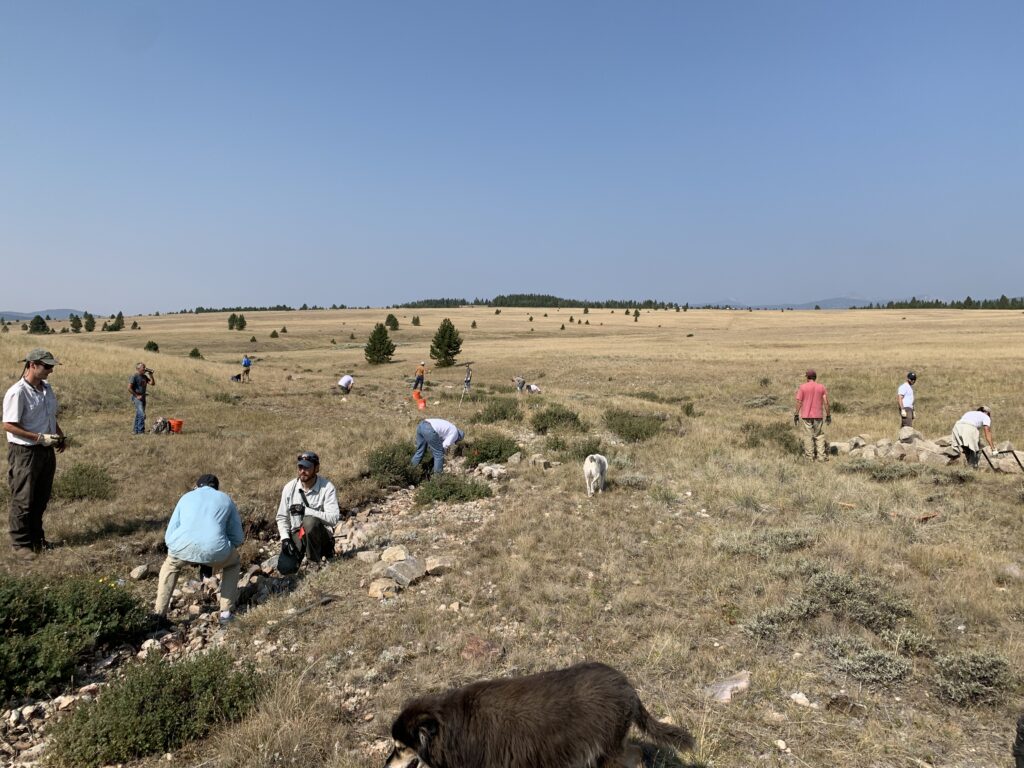
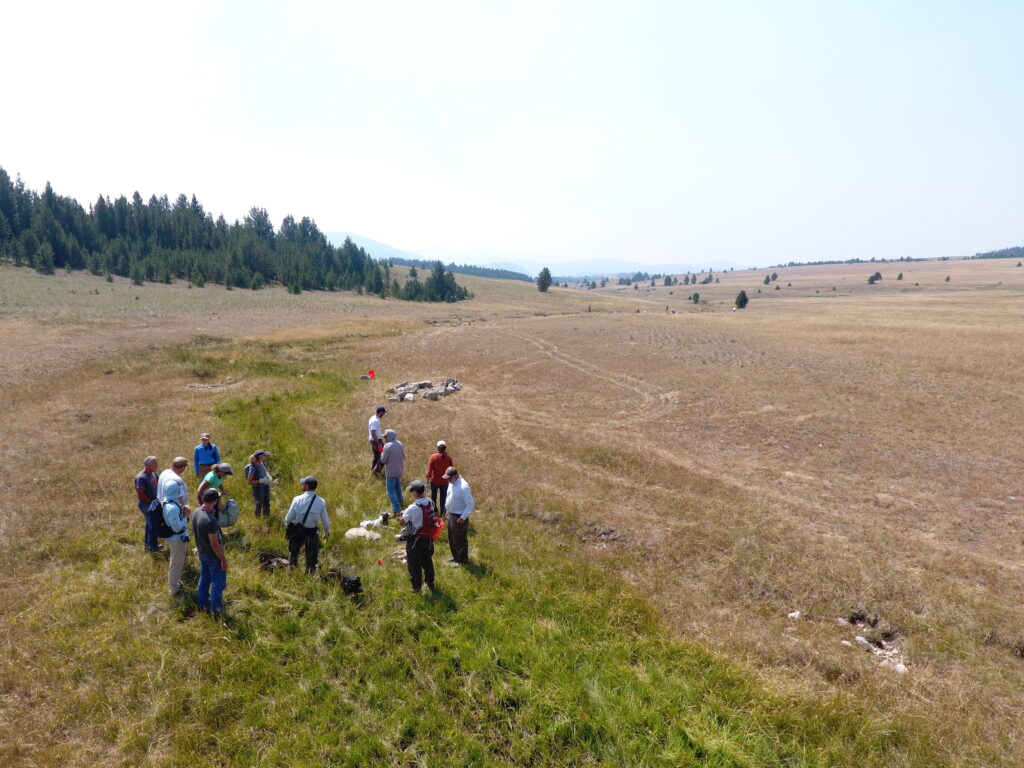
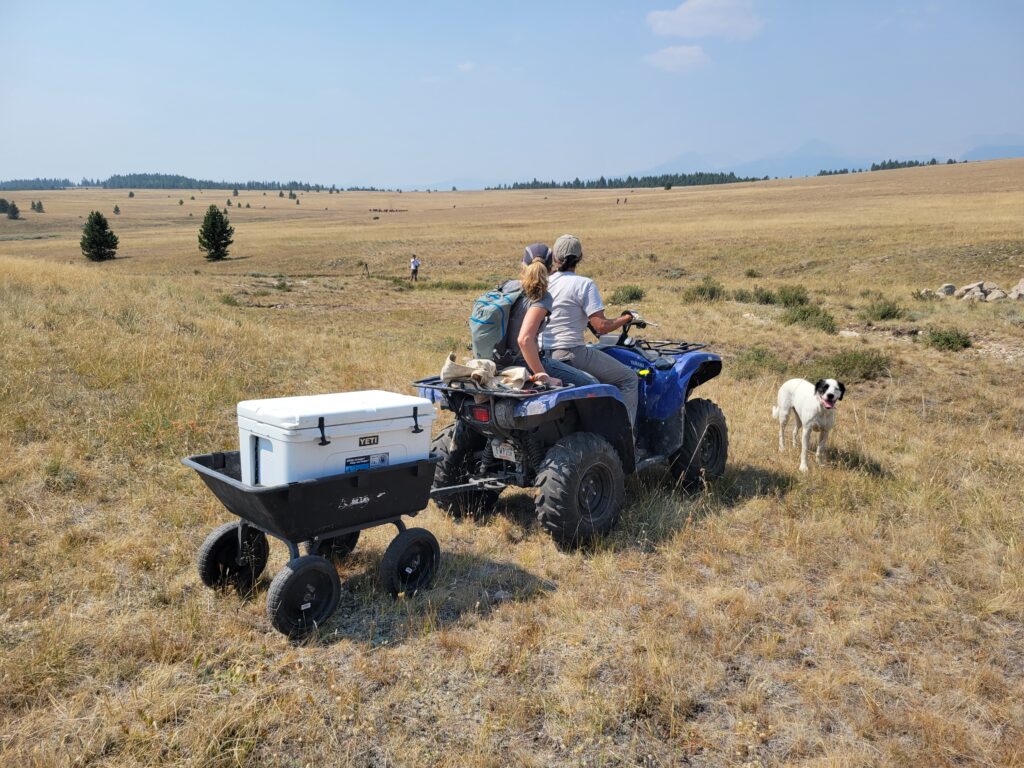
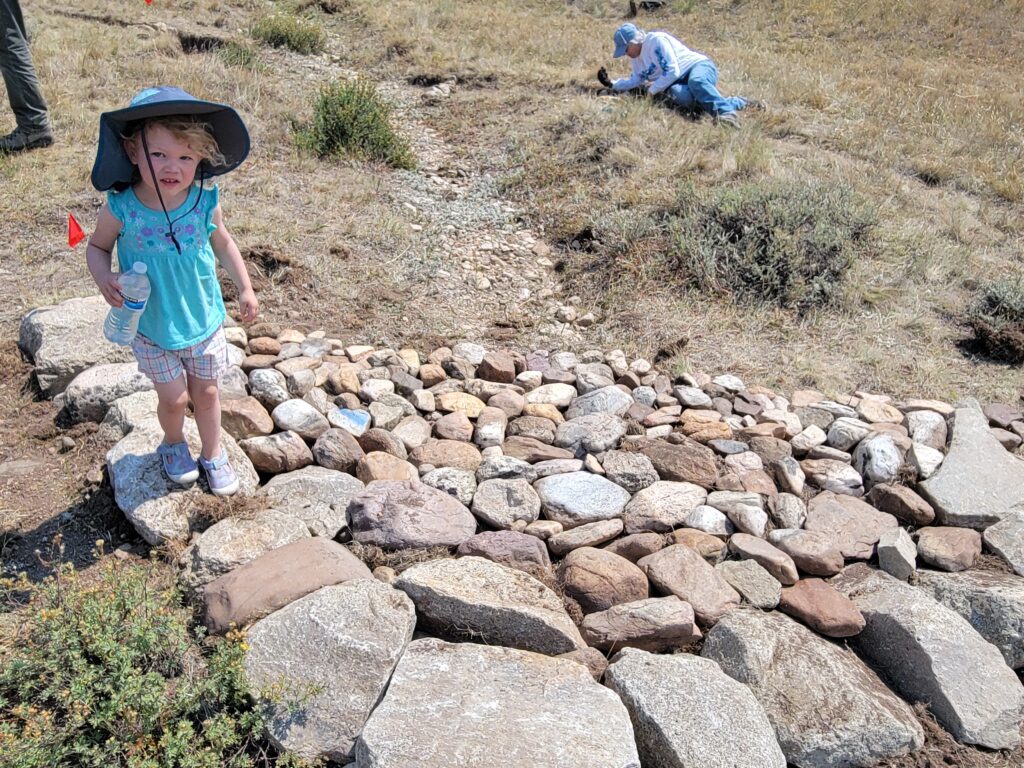
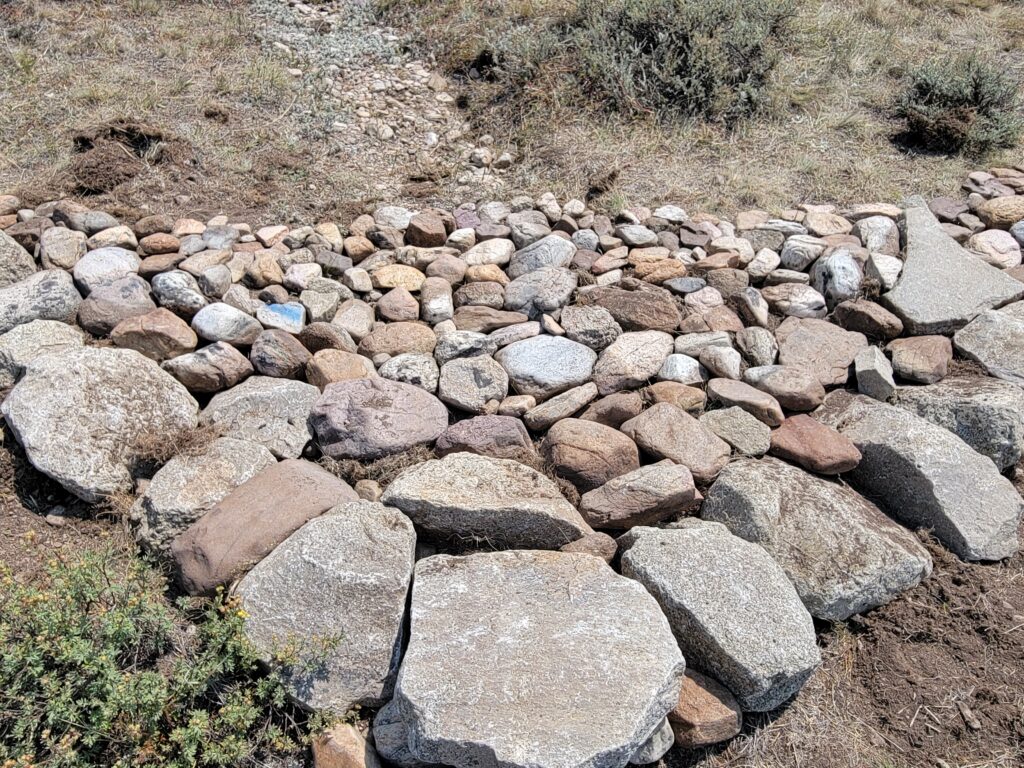
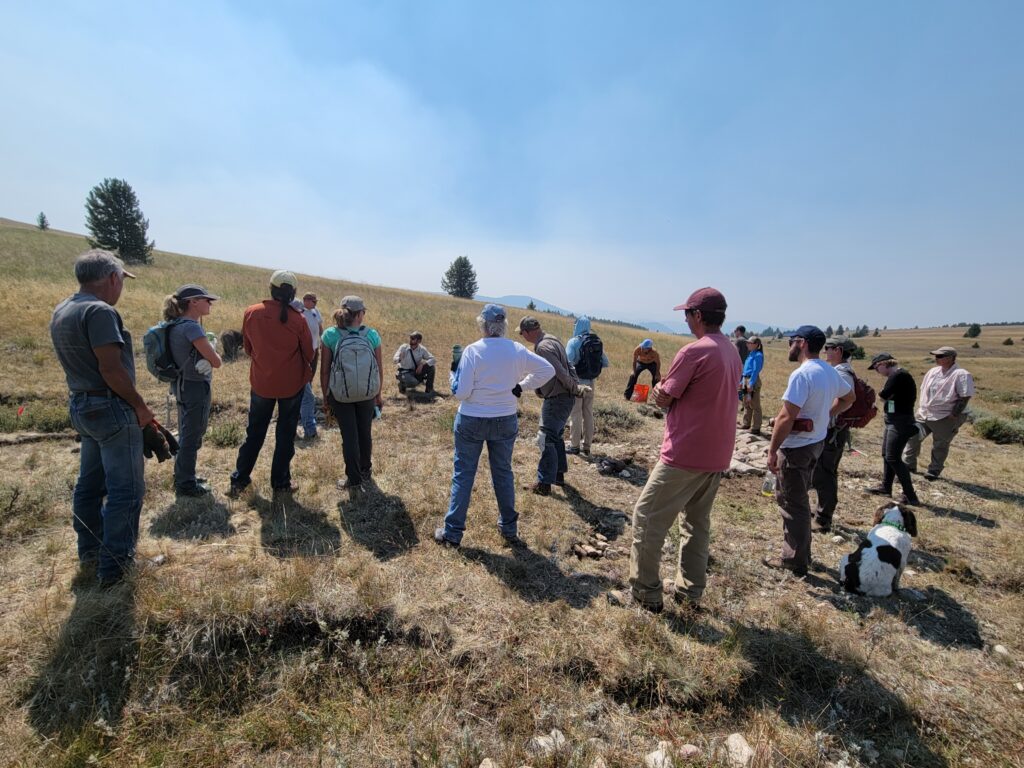
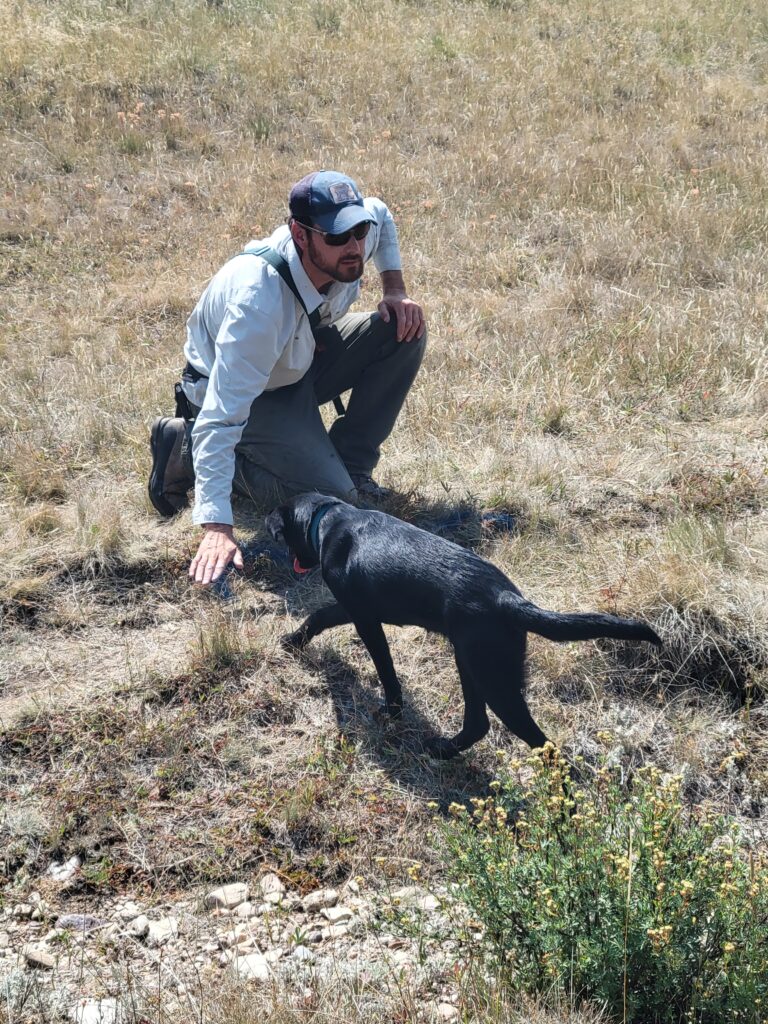
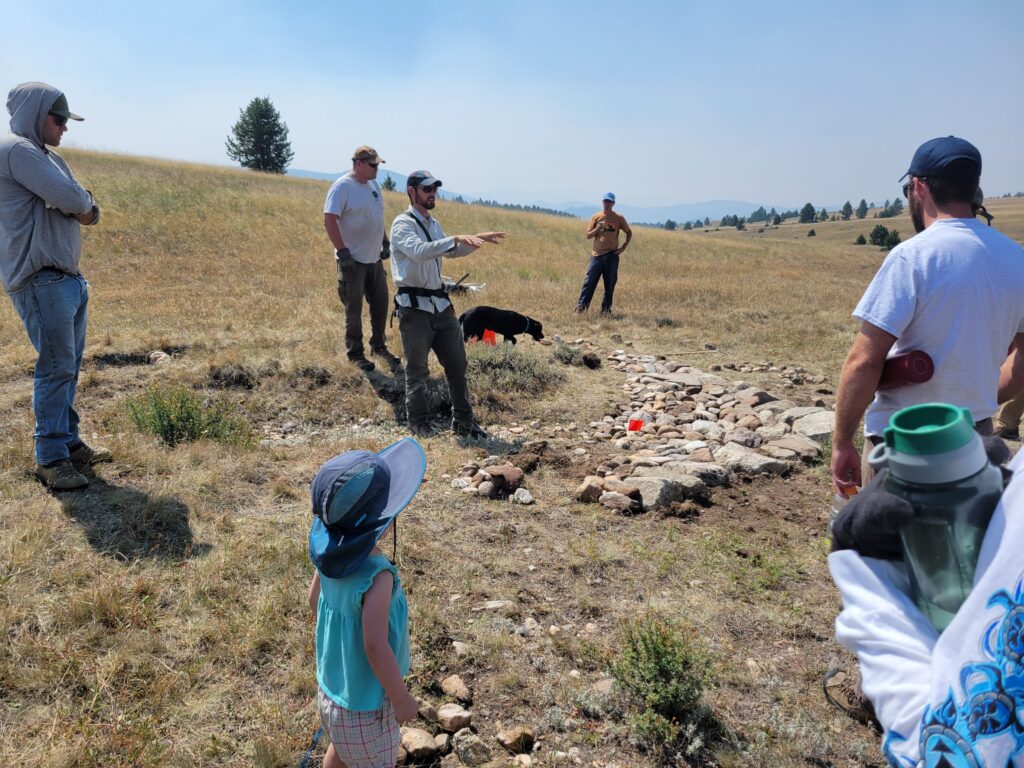
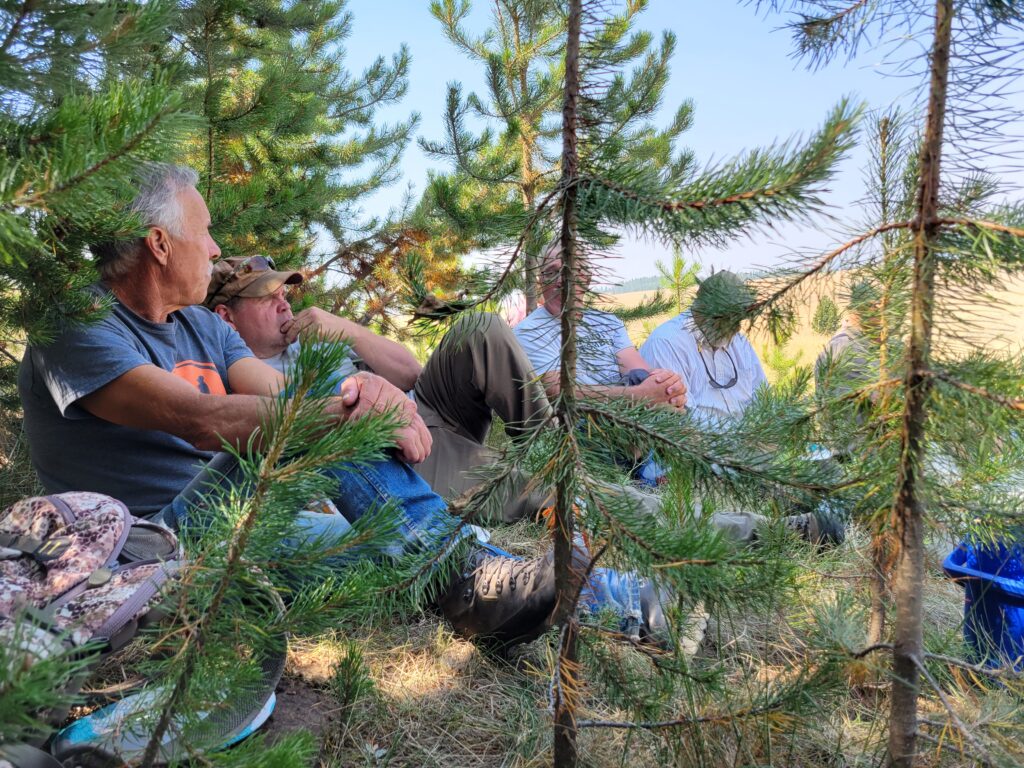
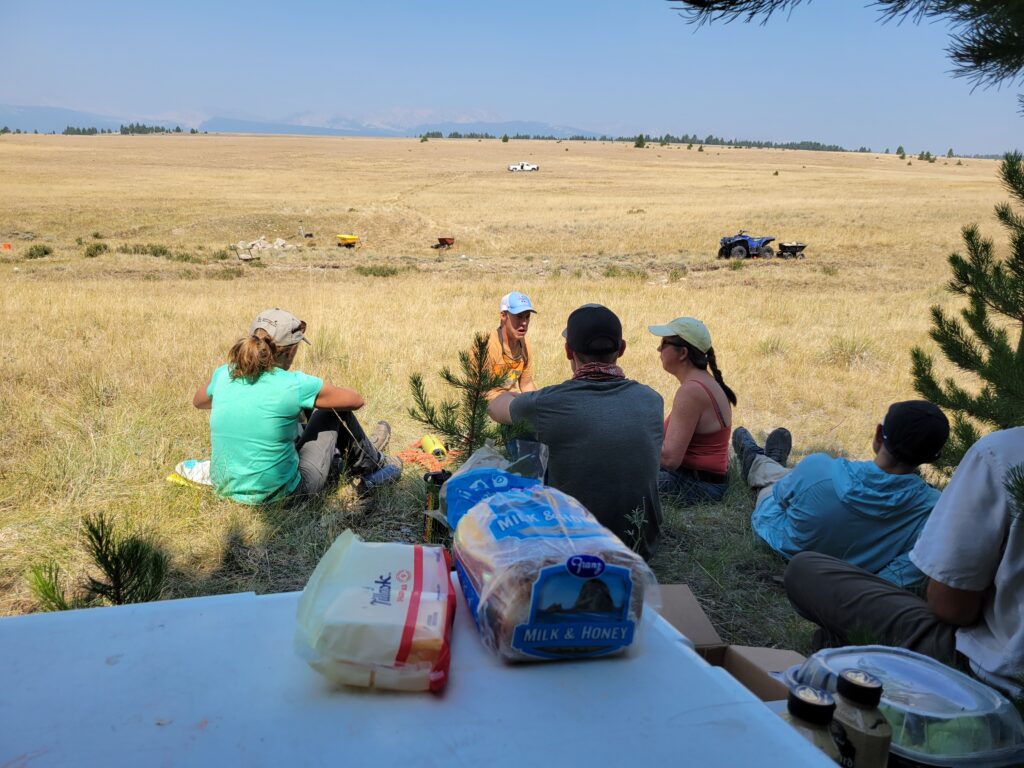
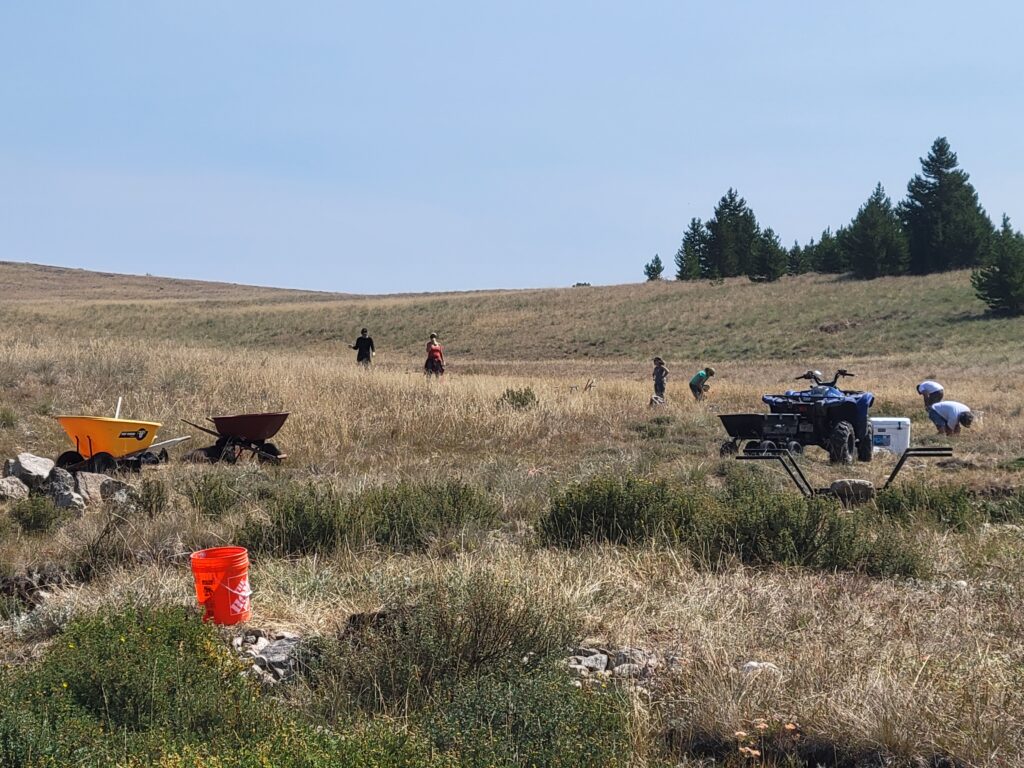
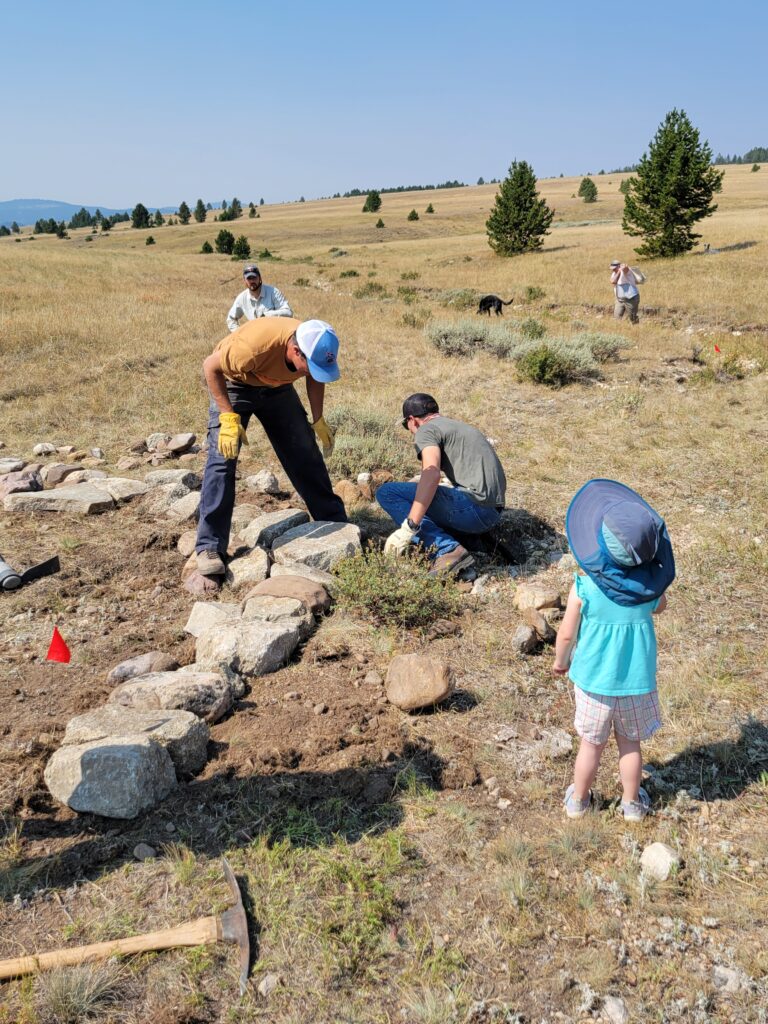
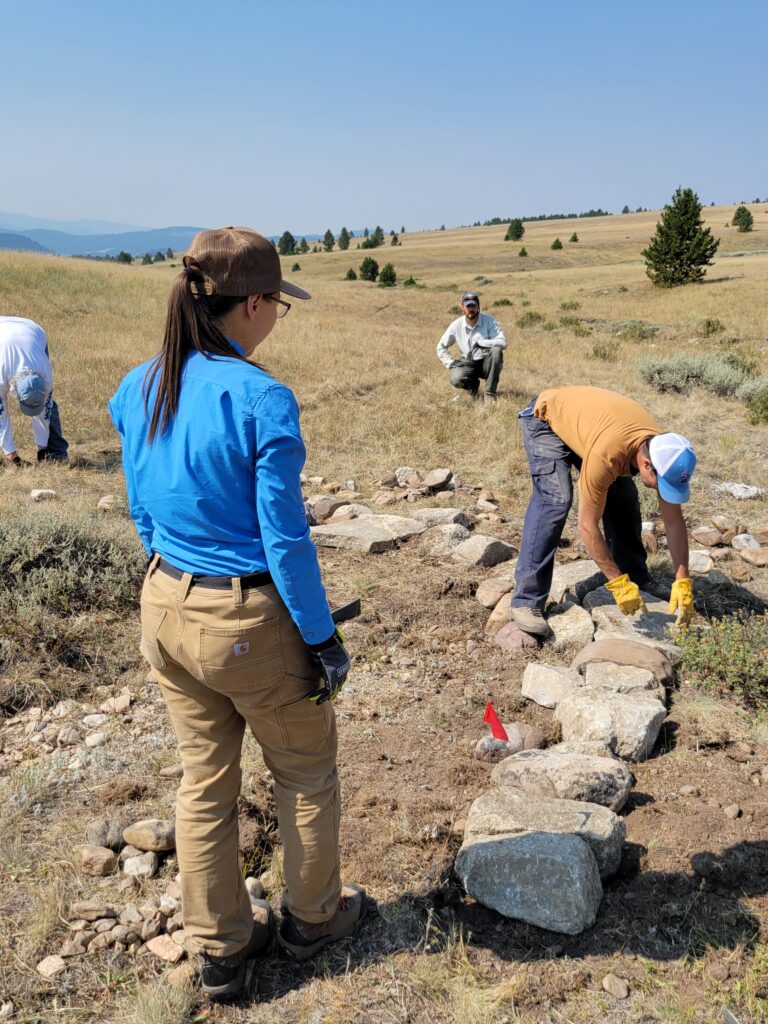
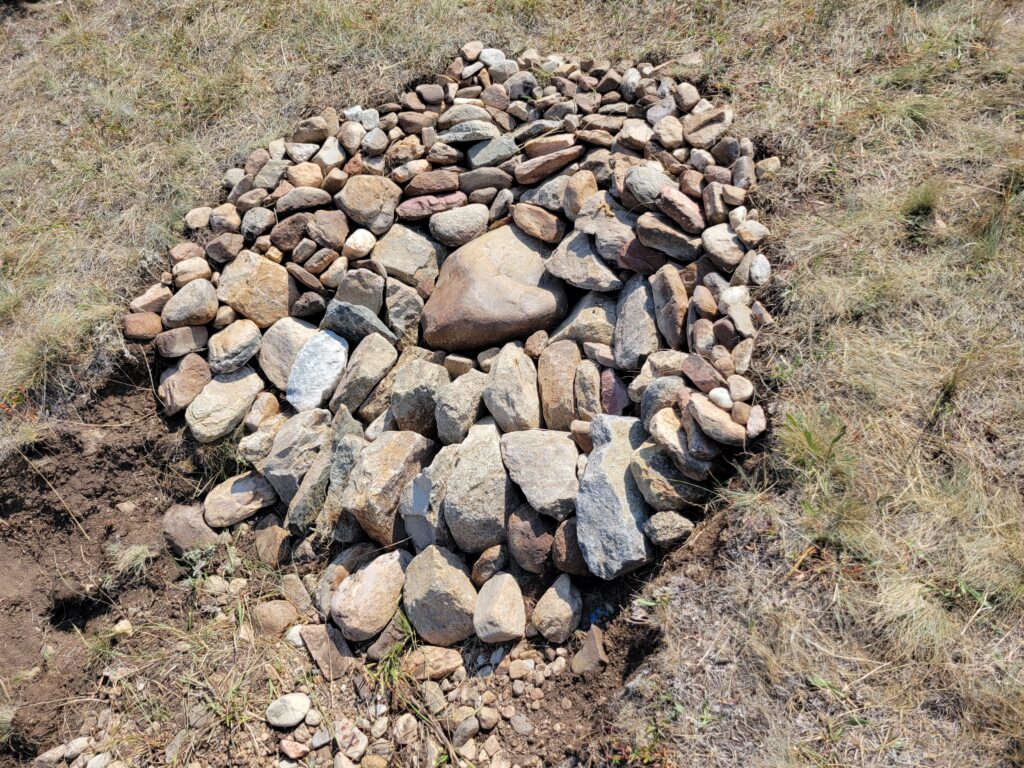
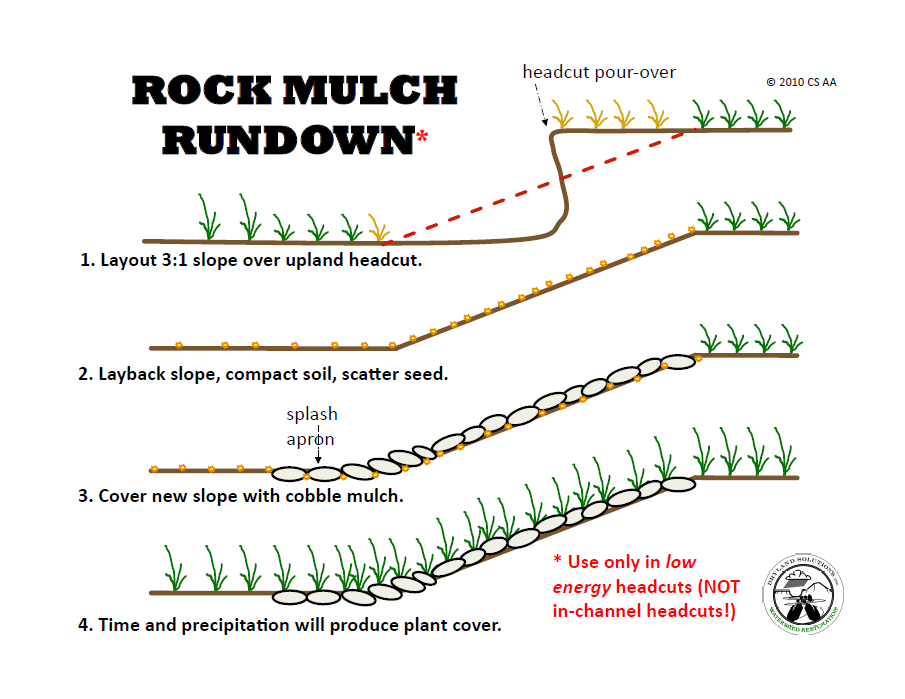

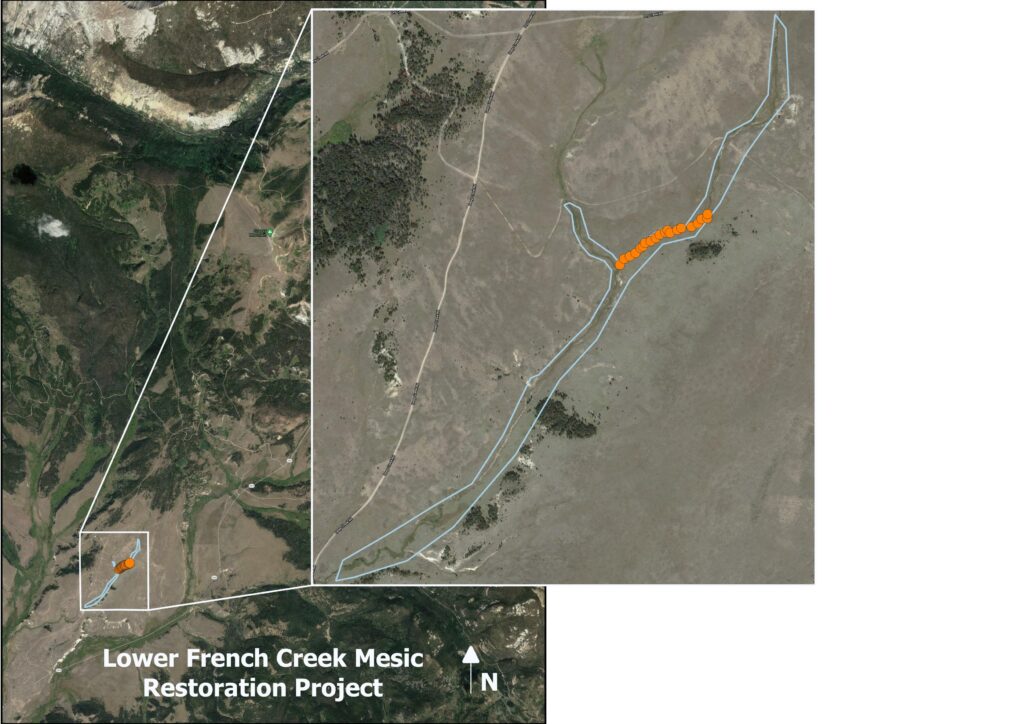
Project MAP
Status
Completed
Type
Wetlands/Mesic Restoration

